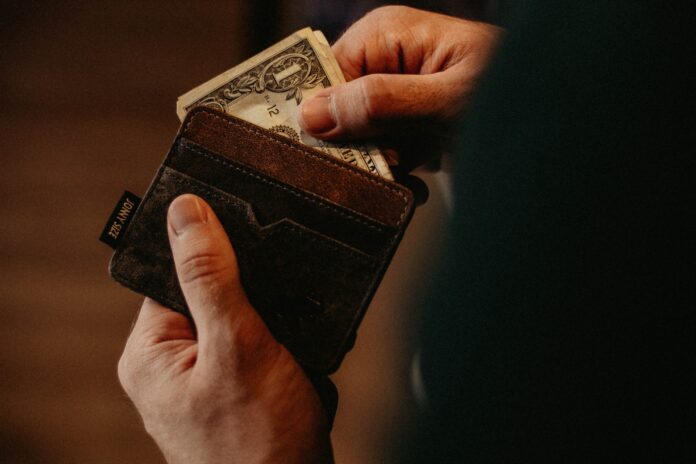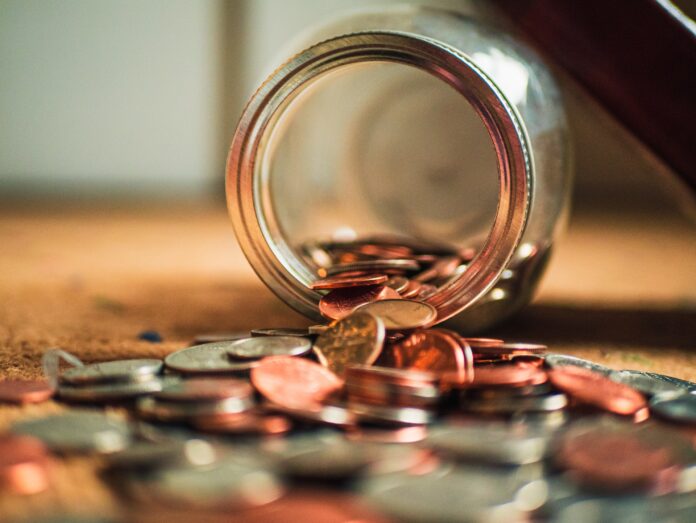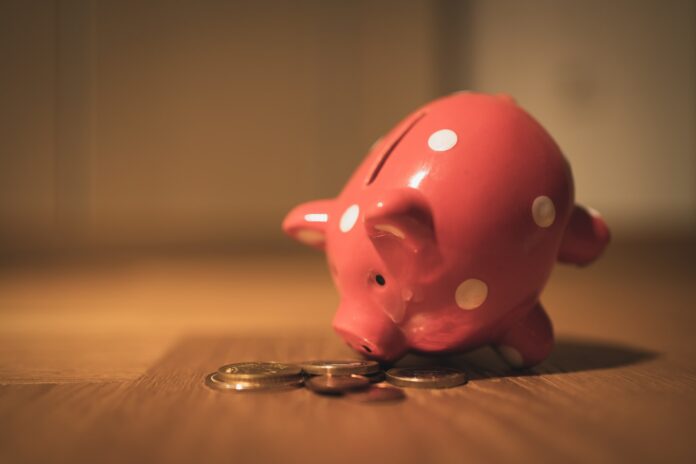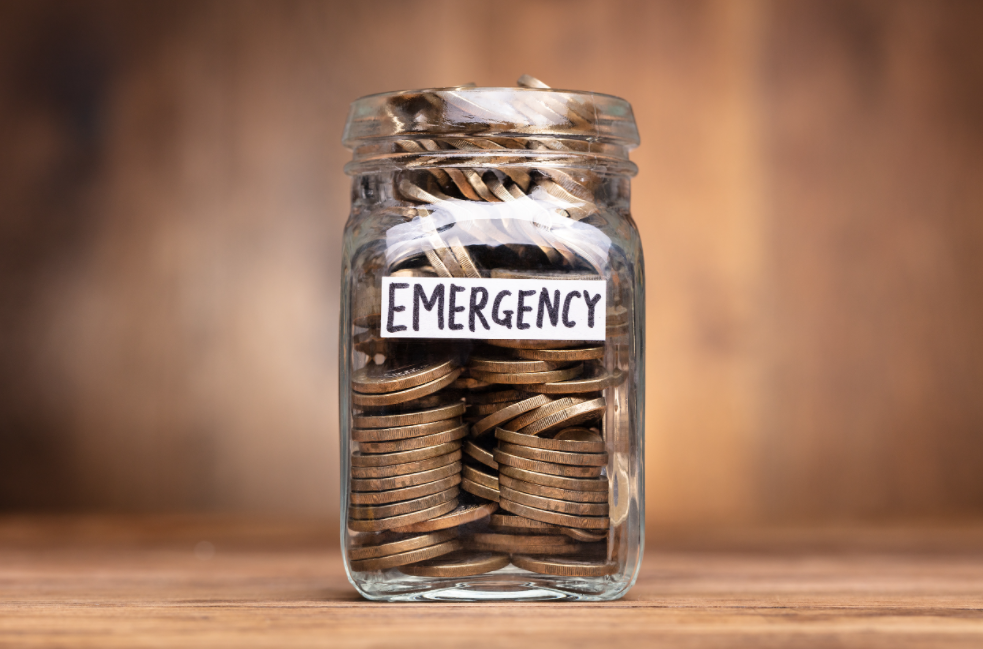A lot of people have or know about emergency funds. They are quite important for us because we can take that money and use it for unpredictable financial situation. But most people aren’t really sure what they are doing with their savings fund for emergency cases and therefore, here are some common mistakes we make:
1. Not Having Any Emergency Funds

It may seem obvious, but the most common mistake made by many is simply not having an emergency fund. Without these funds, you won’t have the ability to weather unforeseen financial disasters, even if they’re minor expenditures you may think yourself ready to tackle. In fact, without an emergency fund, you may have to borrow money from lenders with exceedingly high interest rates. Of course, there’s also the chance you won’t get approved at all.
It’s best to start building your emergency fund right away by opening a high-yield savings account. Most people set money aside from each paycheck to grow their funds. However, if you’re all tapped out by the end of the month, consider getting a part-time job or setting money aside from tax refunds.
2. Not Being Wise About Spending

You need to stay on top of your spending, and once you’ve saved a nice sum of money in your emergency fund, don’t touch the money unless necessary. Many people easily give in to temptations and tap into their emergency money to buy unnecessary things.
Using your money on anything besides a serious personal or financial crisis is strictly a bad idea. Give yourself the ability to deny your spending on things you don’t need, especially from your emergency funds. If you would like, you can create a separate savings account for money that you can save to purchase items or experiences you’ve been coveting.
When you are working on building up your emergency fund you may well encounter a financial emergency. If this happens, find out more about Payday loans v short term loans.
3. Not Putting Enough Into Your Emergency Fund

There’s not much difference between having a limited emergency fund or not having one at all. Bear in mind, this money is in case you lose your job or need emergency medical expenses covered. This money is supposed to tide you over and prevent you from having to borrow from lenders that take advantage of people in bad situations.
Your target emergency savings should have enough living expenses covered to provide for you and your family for anywhere from three to six months. Now, these funds won’t appear overnight, but if you prioritize your spending and put money aside for emergencies, you can meet this ultimate goal.
It’s important to exercise caution with your spending at this point because seeing all of the money you’ve collected makes it enticing to tap into. If your income can only go so far, temporarily taking on extra work means you can flesh out your savings and give yourself the safety net you deserve.
4. Not Leaving Your Funds Alone

Your funds should remain in a high-yield savings account, and that’s it! Many make the mistake of thinking they can quickly double their money by investing in stocks and bonds or any other means that may contribute to significant losses.
Instead of playing with the money and thinking you can make more money through investments, keep your funds as they are without touching them. The risk associated with uncertainty far outweighs any potential small benefits you may gain from this venture. Most importantly, if you foolishly lose your hard earned money, you won’t have emergency funds to tap into at a later time.







